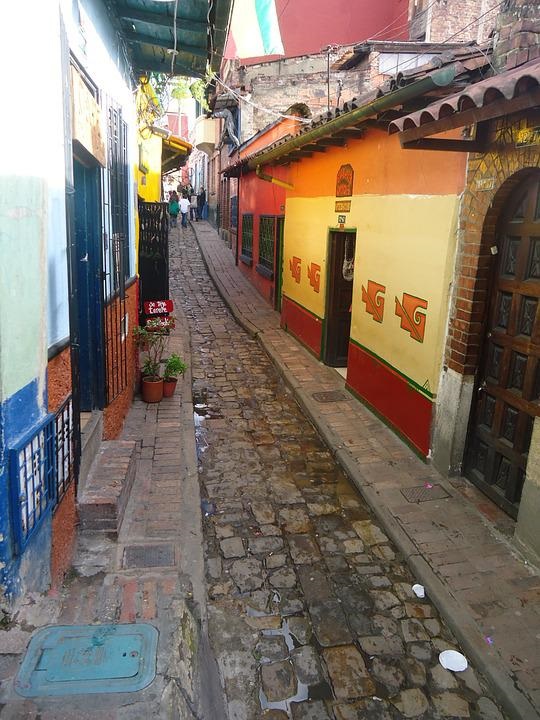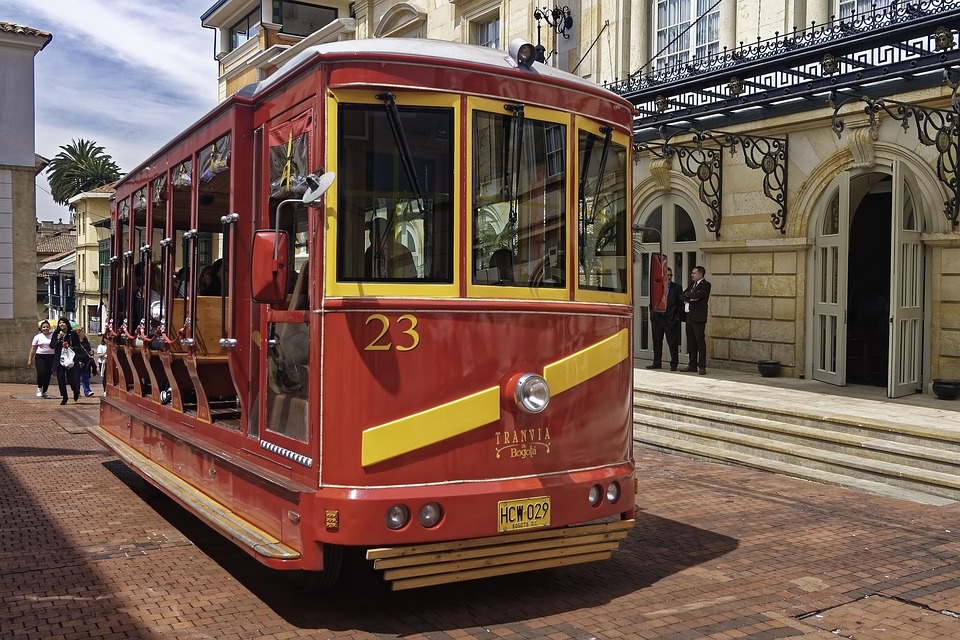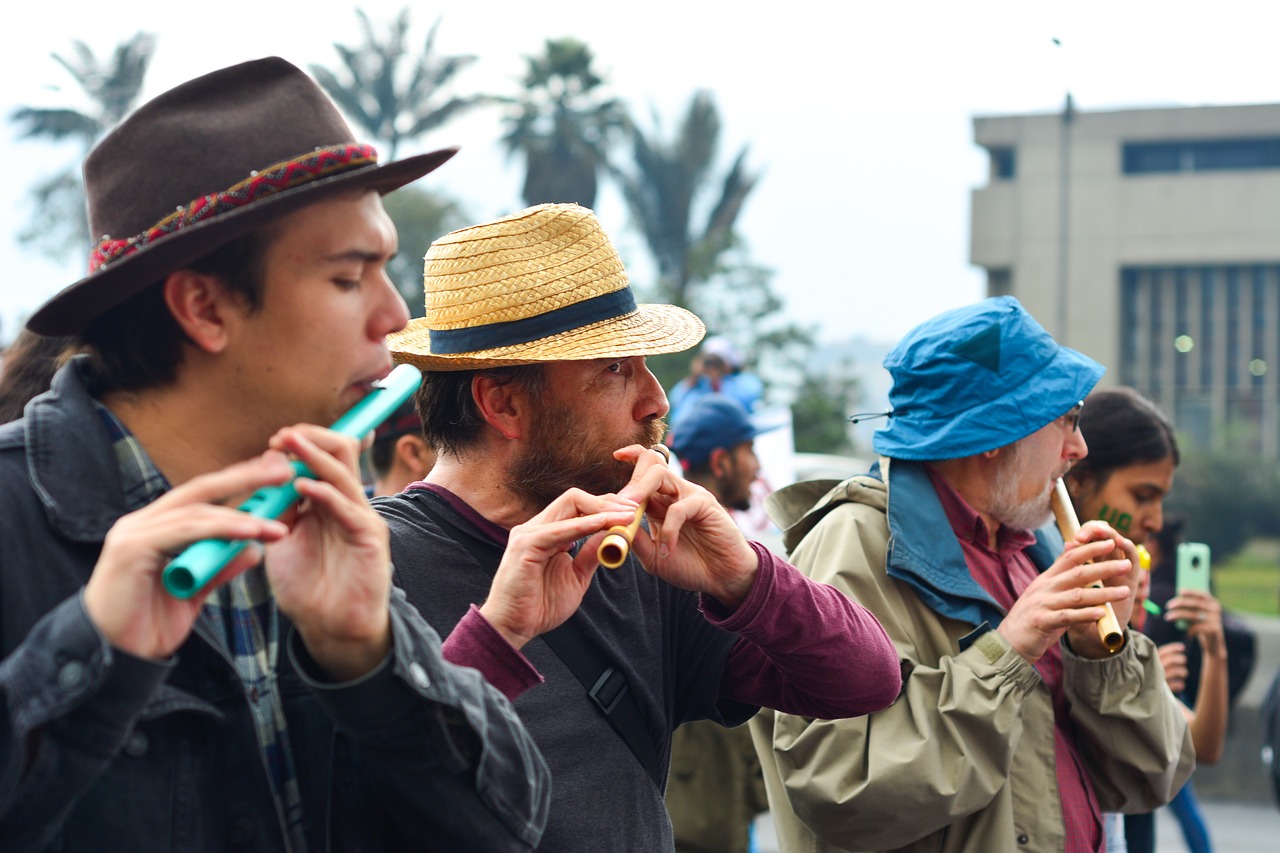According to Lucas Fernández Piedrahita, “Bogotá was awarded city status on July 27th, 1540. And, in his article “My people”, Alberto Lleras writes “Who knows why everything that is ours was on the side of San Victorino…”
 Armando Orozco Tovar
Armando Orozco Tovar
He adds: “On the corner where San Victorino meets the Alameda, a foul-smelling street, dusty or muddy depending on the season, was the Epaminondas shop.”
Lleras tells how he quickly came to know it inside out as a child, relating how his family returned to Bogotá in 1915, and how at the age of nine he would explore the Plaza de Bolivar, La Candelaria and the San Carlos Palacio, leaning out from the balconies located on 6th Street from which he would gaze at the churches of the area, and observe the local characters:
“Foreigners, fools, madmen, cripples, idiots, blind men, that huge population of crazy people that wandered the streets, doing active and unknown jobs…a parade of people, according to the ex-president, who all “…limbered decisively up 13th Avenue, and glided towards San Victorino as if it was about to rain…”
On Tuesdays, just before dawn the street was filled with noise, which announced the arrival of the beggars, around two or three hundred in number…
San Victorino was a meeting point for the wretched, an assembly of invalids, women with imaginary children, ulcer-ridden people with fake sores, blind people both genuine and pretend, lepers, TB sufferers, starving people…”
A stench of grime, unpredictable filth and poverty spread across the street, which would hang around until the street was washed by the neighbours and all the waste from the gathering had been collected.”
 This is how the ex-president and journalist Alberto Lleras Camargo described San Victorino one hundred years ago; a liberal, the first president to be appointed by the National Front after the fall of General Rojas Pinilla in 1957, named “Mister Lleras” by popular history for his unconditional appeasement of empire.
This is how the ex-president and journalist Alberto Lleras Camargo described San Victorino one hundred years ago; a liberal, the first president to be appointed by the National Front after the fall of General Rojas Pinilla in 1957, named “Mister Lleras” by popular history for his unconditional appeasement of empire.
San Victorino covers an area beginning in 9th Street and ending at the Jimenez Transmilenio station, and was given back its open space status in a timely fashion by the former mayor Peñaloza, after becoming a jumbled place of huts and marquees for the sale of all manner of goods. Today it remains a vast expanse of popular trade, and also home to the sculpture donated by Edgar Negret, which represents an enormous butterfly, resting on all manner of rubbish and waste.
Human excrement, and that of the hateful pigeons, which are no longer a symbol of anything. Plastic bags, paper, cardboard, rotting fruit and food waste and all kinds of other materials, which are dropped without regard by those who congregate in the area.
They are mainly people who have come from other regions as a consequence of violent displacement, swelling the hordes of the unemployed or performing a wide variety of casual labour.
 At present, as if half a century hadn’t passed since the liberal politician’s account, San Victorino Square holds an appearance of muck and misery, an expression of a city that reflects half a century of war, just as Miguel Samper portrayed it in his “Misery in Bogota” articles of 1867.
At present, as if half a century hadn’t passed since the liberal politician’s account, San Victorino Square holds an appearance of muck and misery, an expression of a city that reflects half a century of war, just as Miguel Samper portrayed it in his “Misery in Bogota” articles of 1867.
Petro´s City Hall, located five blocks away from San Victorino, has also had to “humanise” the San Victorino area, starting by cleaning it with blasts of water from the firemen´s hoses, replacing Peñalosa’s broken paving slabs and loose bricks where puddles of stagnant rainwater form, and painting the neglected butterfly in the original colours given to it by the artist, who hails from Popayan in the Cauca region.
The uncontrolled sale of food must also be regulated. The “Human Bogotá” exhorted by Petro’s administration had to start by paying attention to hygiene and cleanliness in this important area, to prevent the possible arrival of Ebola, which already lurks near the Colombian camp where misery abounds.
Putting these hygiene measures in place before construction begins on the city’s first announced Metro line, which was said would be ready in 2003. “Human Bogota”, the slogan of the city’s mayor Gustavo Petro, should be complemented with the phrase “For a human, a clean and tidy city.”
(Translated by Alfie Lake) – Photos: Pixbay












.jpg)












